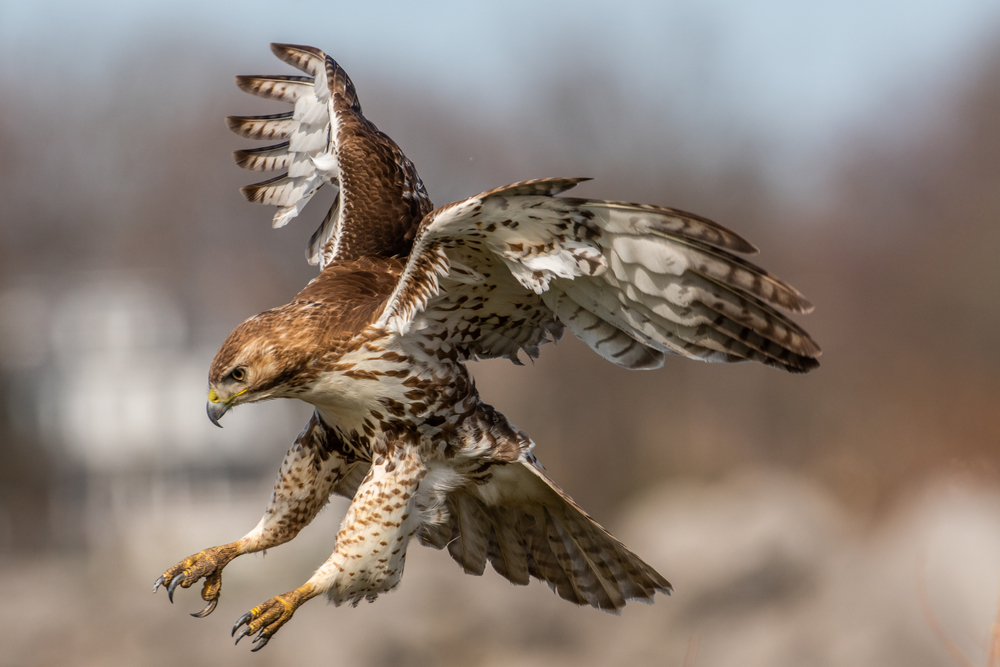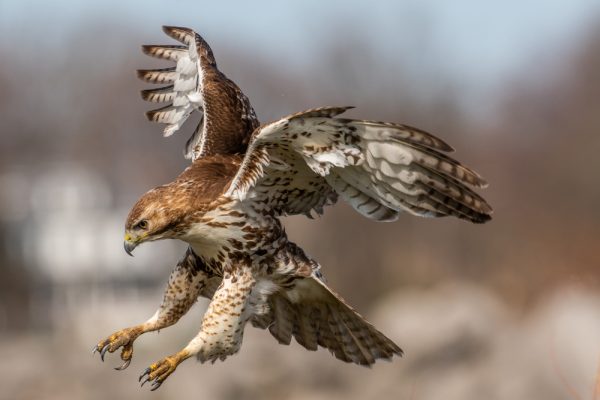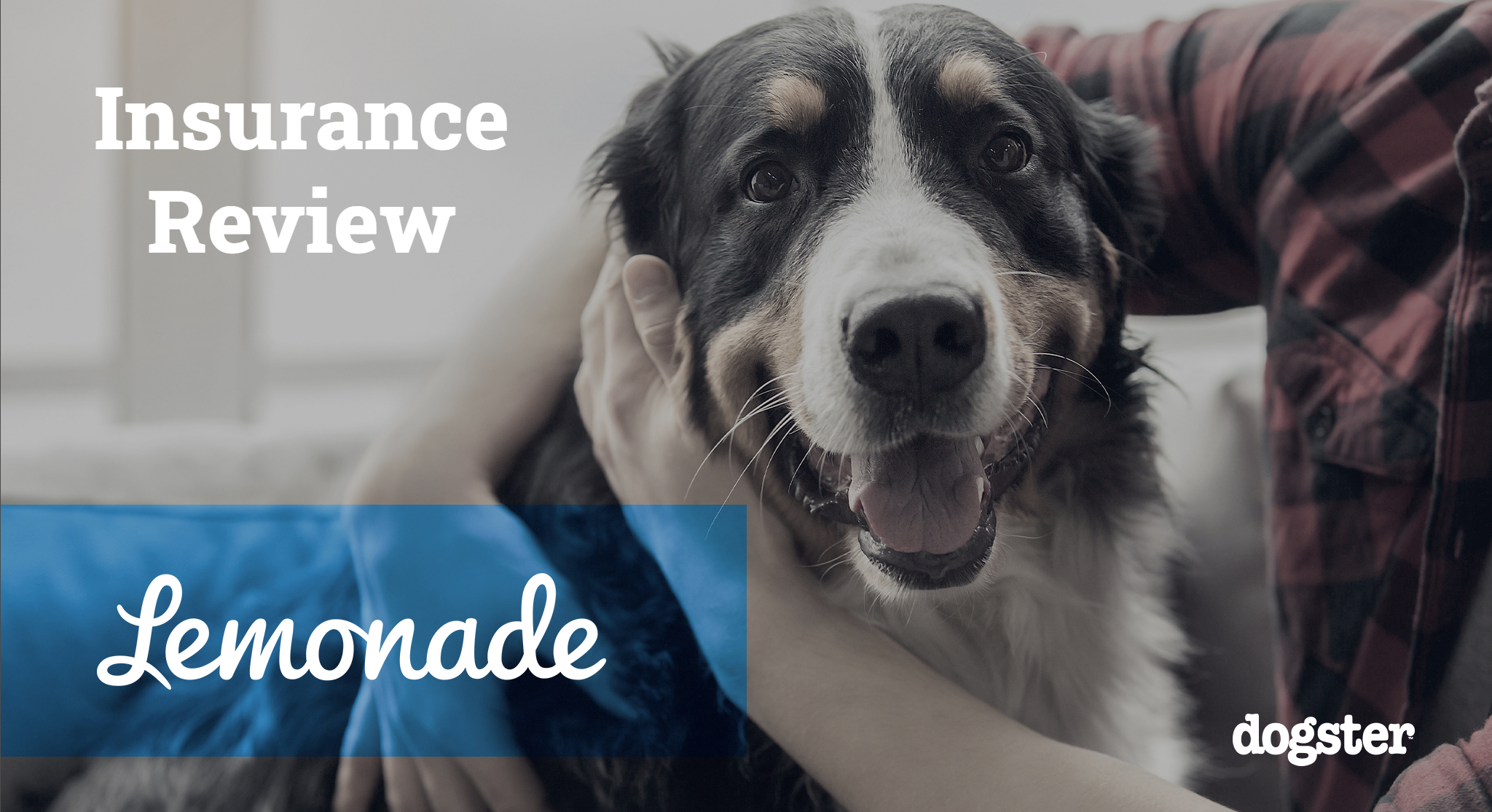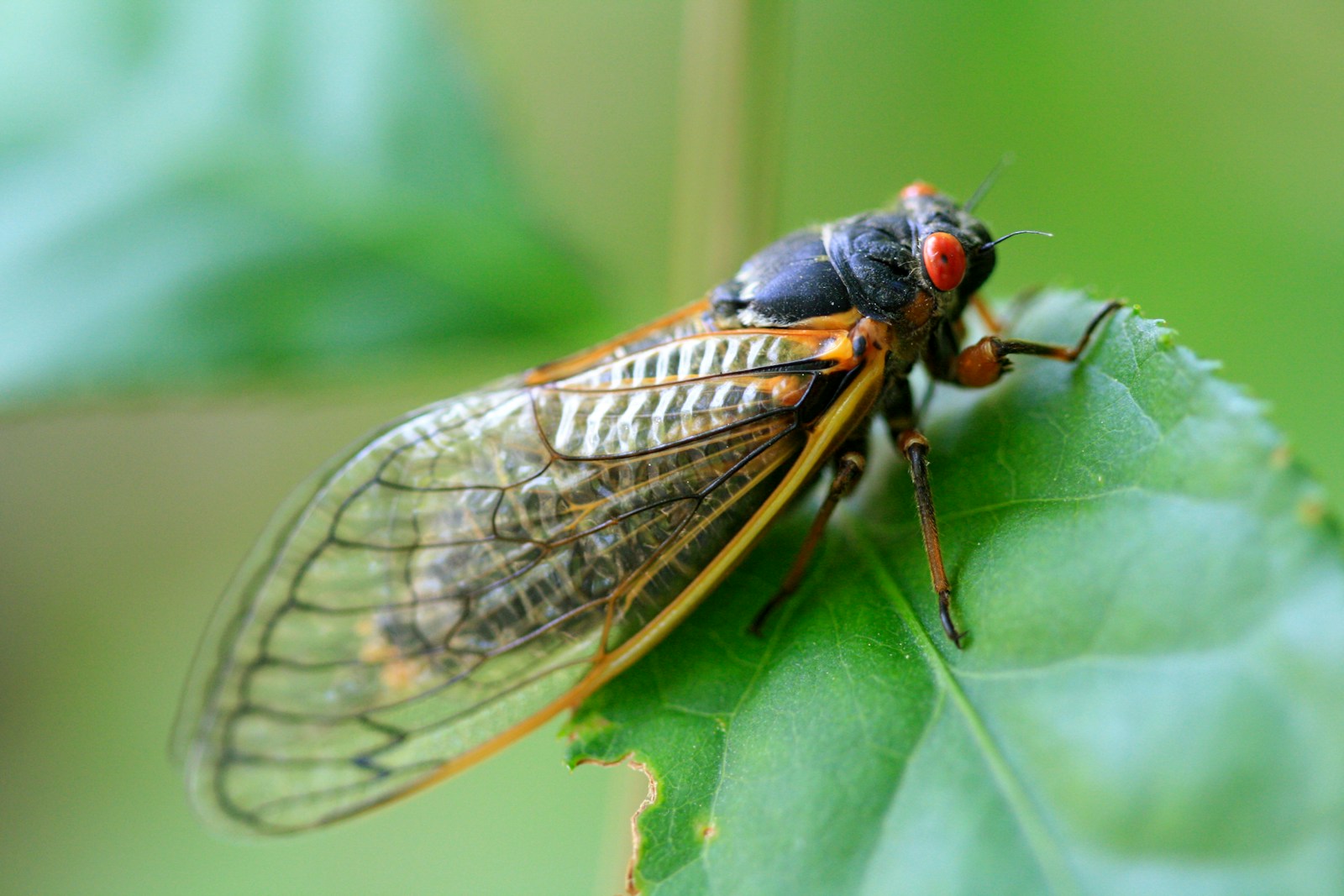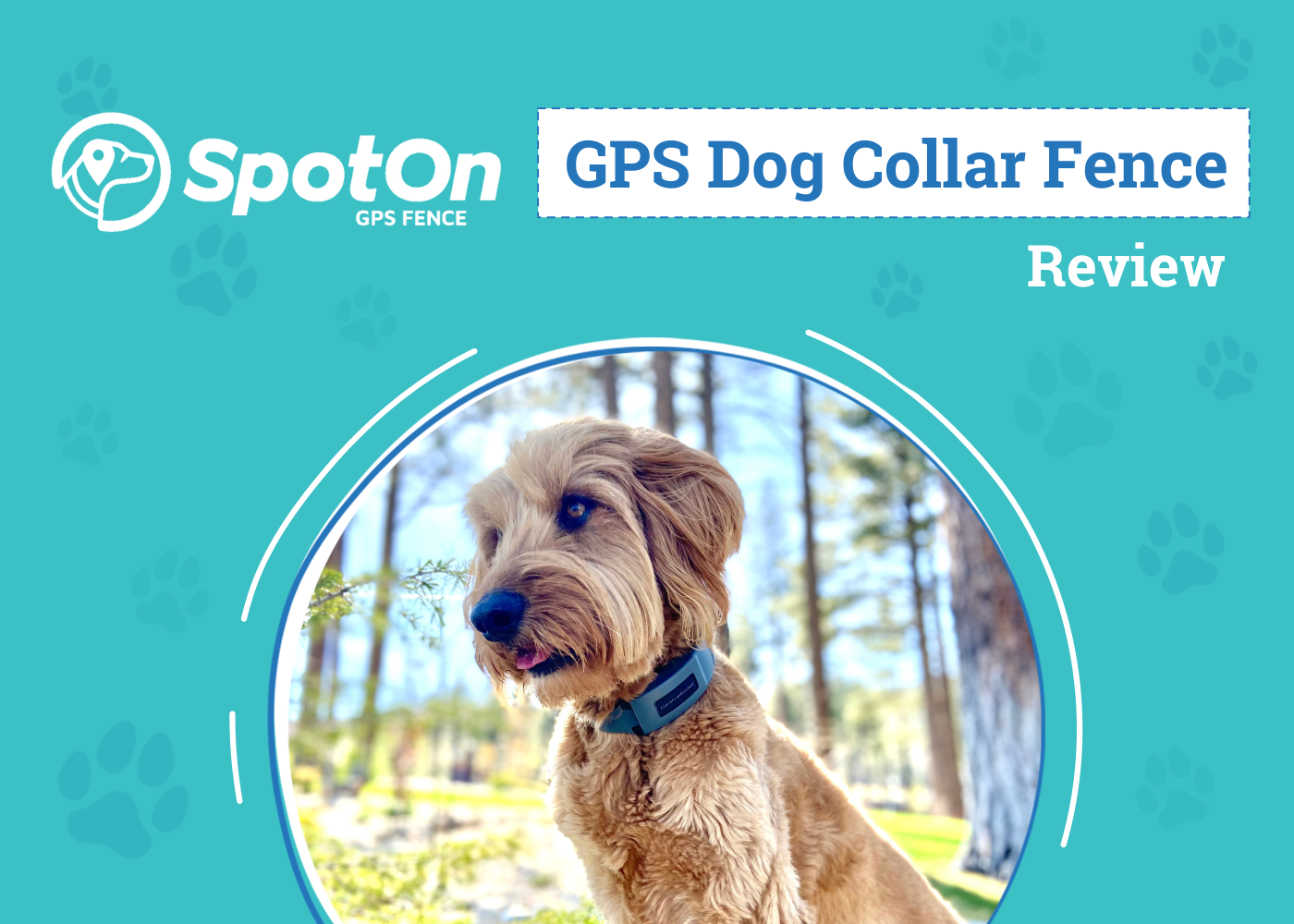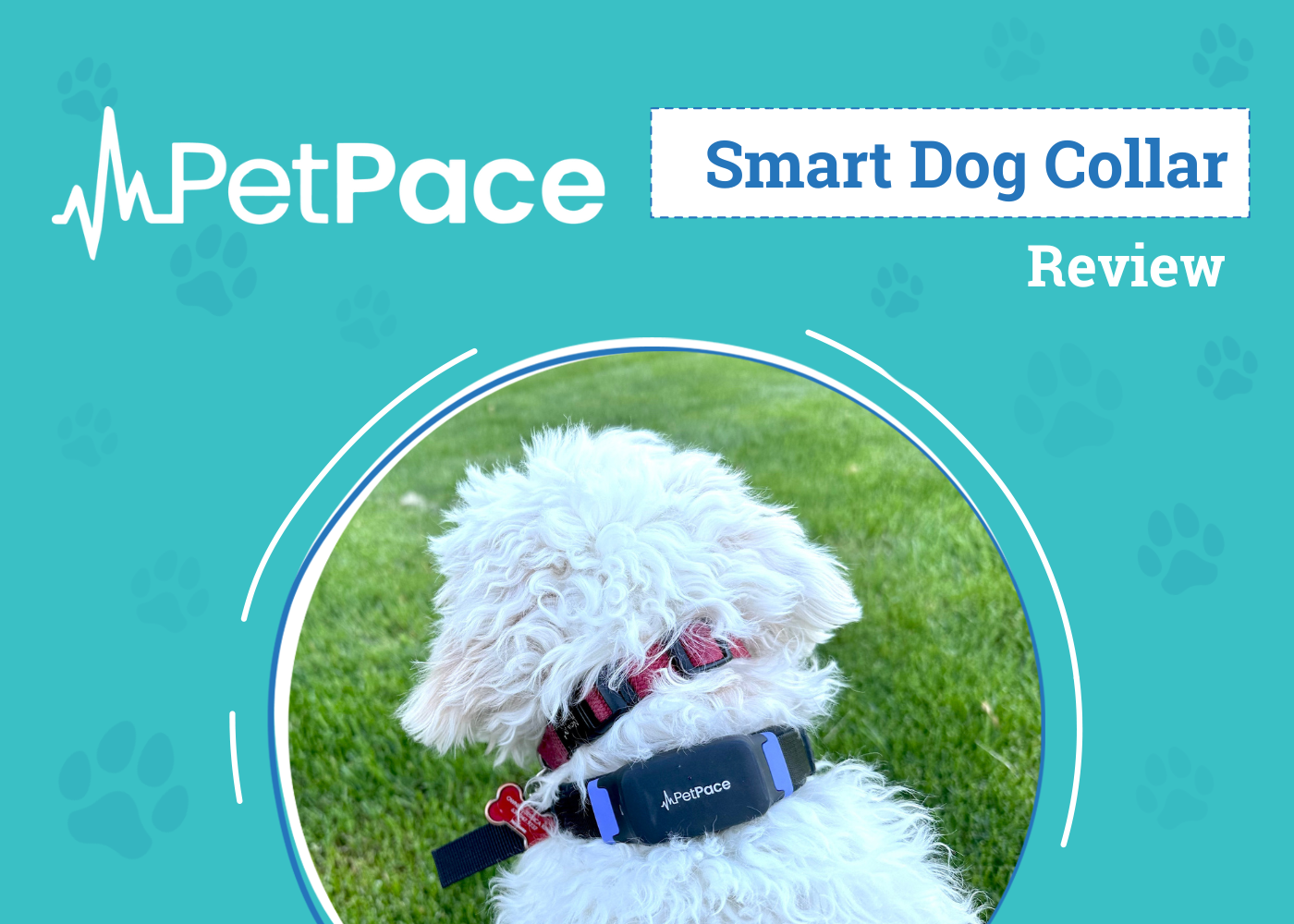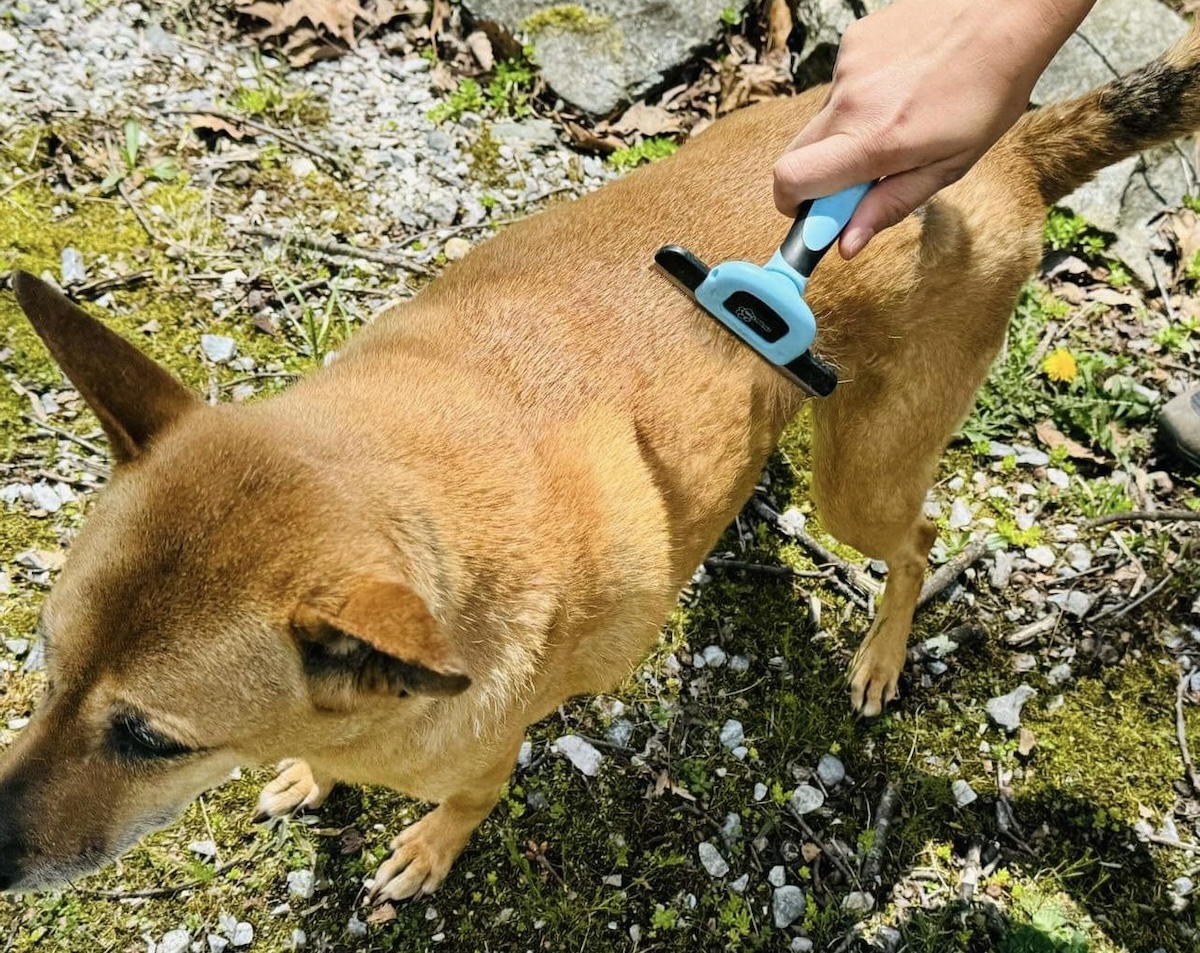Click to Skip Ahead
We worry about our dogs getting into all sorts of mischief, from eating something they shouldn’t to running away. Our concerns as pet parents happen daily. However, most of us probably won’t have considered the danger that hawks can pose to our dogs, especially if you have a small breed dog.
So, what should you do to protect your pooch?

Hawks Pack a Punch
Many species of hawk prefer to live in rural areas, where their chances of finding prey are increased. However, some species are becoming wise to the benefits of city living, so hawks can be seen just about anywhere nowadays. If you live in an area that is attractive to hawks, you know that it’s pretty common to see them out flying around. Because hawk attacks on dogs are so few and far between, you might have never even considered them a danger to our canine companions before.
However, hawks are very powerful, predatory raptors and a few of them may be capable of scooping up a very small dog. Even if a hawk can’t carry the dog away, a hawk attack can still cause injury.
We are going to educate you on exactly which dogs are at risk, how often hawk attacks happen, and what you can do to prevent it.
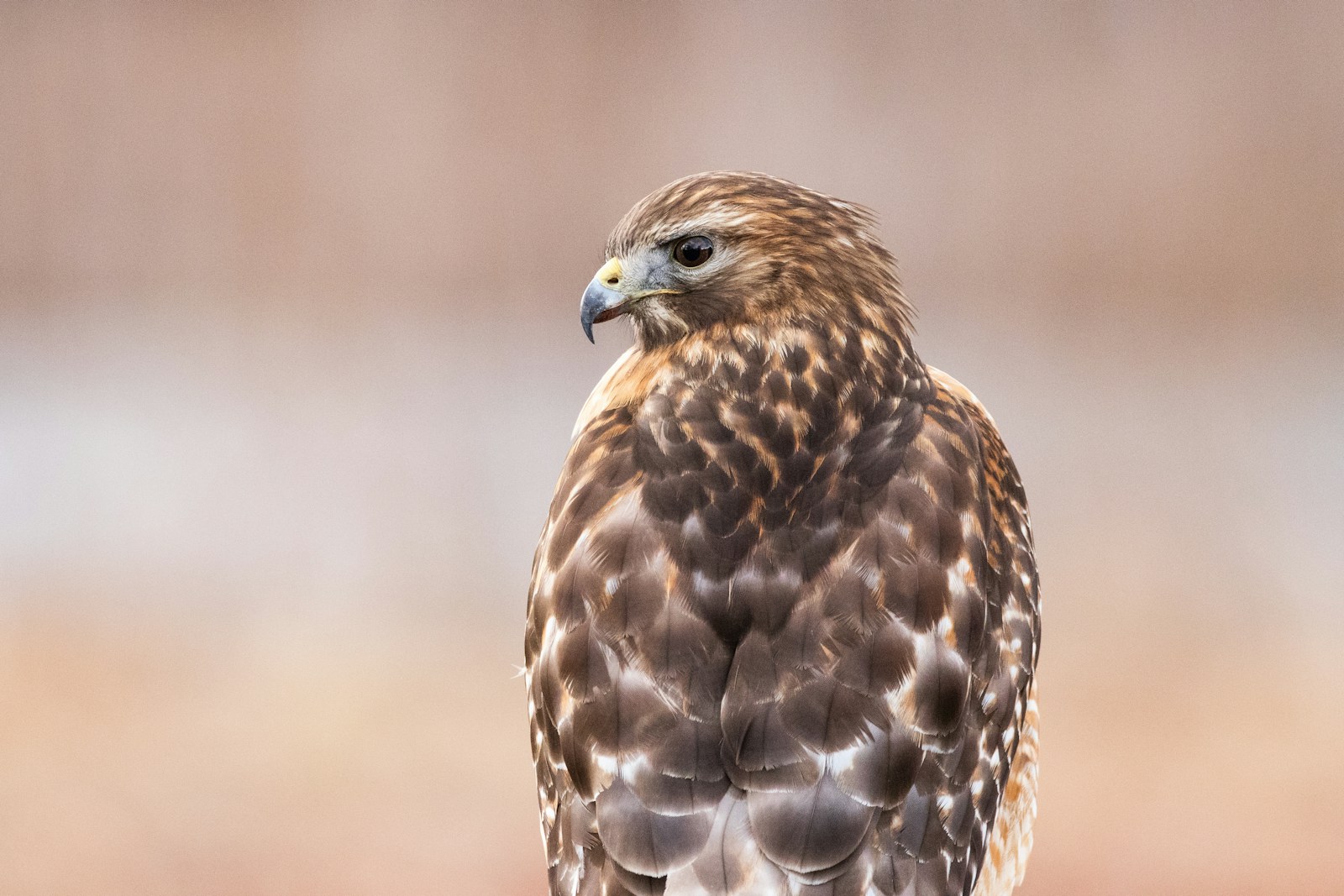
Can Hawks Attack Dogs?
First, we want to clear up a few misunderstandings about hawks attacking dogs. It is not necessarily in a hawk’s nature to attack a dog. While certain small dogs might look like prime prey, hawks have exceptional vision. They are good at gauging the likelihood of a successful kill based on visual cues, and dogs don’t make up their natural diet.
Most dogs, even toy breeds, will be too much of a challenge for a hawk, as they know their weight limitations. Hawk attacks on dogs are much more likely to happen if the dog approaches a nesting site. It’s highly unlikely that a hawk would attack a dog to eat it, but not impossible.
Most Dogs Are Too Big for Hawks
The reality is that hawks are typically only capable of carrying their own weight, about 4 pounds, of food. Some hawks don’t even exceed 1 pound in prey weight. Since most dogs, even toy breeds, are 5 pounds and over, it makes a hawk taking off with a dog very unlikely.
That doesn’t mean, however, that if there is a very small dog in the yard or a small breed puppy, a hawk won’t misjudge it. This leads to painful and sometimes deadly attacks that don’t result in successful carry-off.
Ultimately, you have to be worried about dogs 5 pounds and under. That means if you’ve just brought home a very tiny, petite puppy, you won’t want to leave it unaccompanied in the open yard. However, regardless of hawks, this is sensible advice. Many predators could cause damage to your little dog, so it is best to stay nearby whenever they are outside.
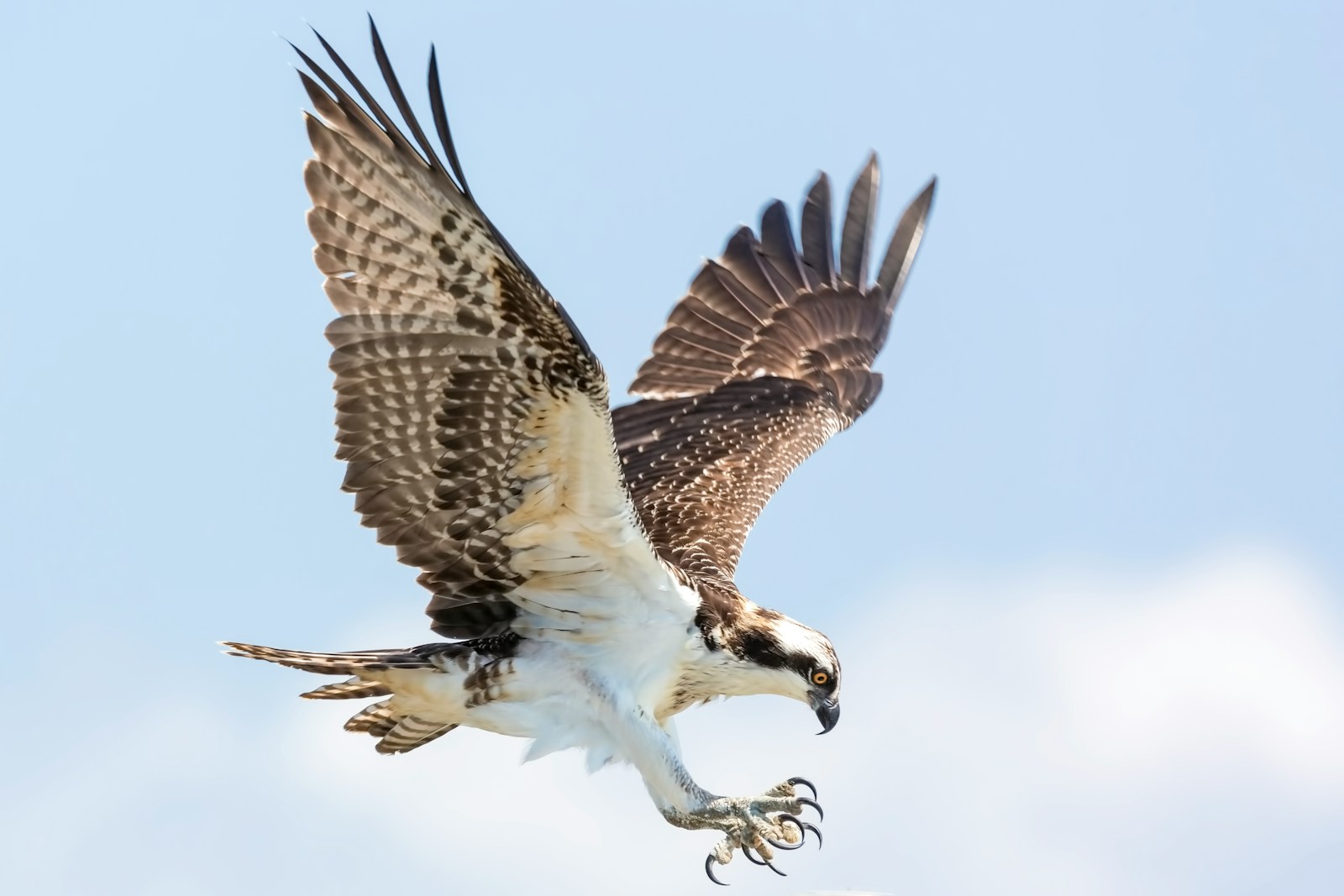

Which Dogs Could Be in Danger?
As we have already mentioned, most dogs will not be in danger from a hawk. Hawks have excellent depth perception and incredible judgment. They will likely be able to tell that your dog is much too large to just cart off willy-nilly.
However, some young puppies are the perfect size for an evening snack for a hungry hawk, so it is best to always be vigilant when you have your small dog outside.
Particular breeds that might be a target could include puppies of the following breeds:

The 4 Tips to Protect Your Dog from Hawks
If you think that hawks might pose a threat where you live, or if you’ve seen them nesting nearby and are just afraid for your dog, there are always ways to keep them safe. Here are a few ideas.
1. Don’t Leave Your Dog in a Yard Unattended
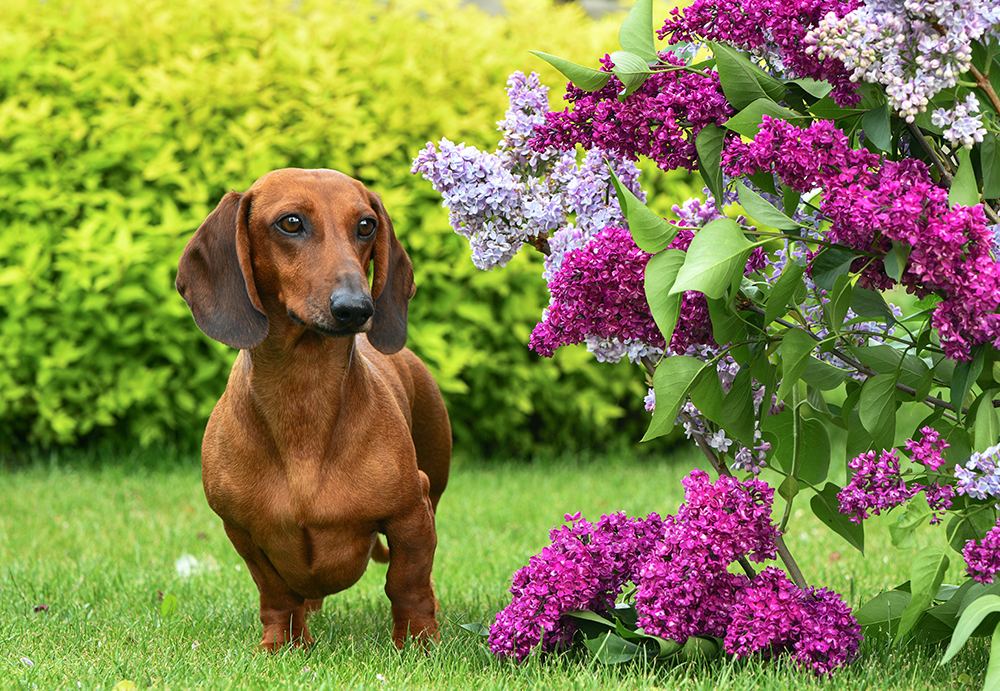
One of the best things about having an enclosed backyard is letting your dog run free and not having to stand by twiddling your thumbs while they do their business. While you will have that freedom, if you live in an area with hawks or other potentially dangerous predators, it’s always best to keep an eye on them, even if you think they’re safe.
2. Have a Bigger Dog Around
Hawks are excellent at sensing potential threats. After all, they are some of the world’s greatest predators. They are very aware of how the predatory brain works and do not want to be a victim of predation themselves.
If a bigger dog is in the yard, a hawk is much less likely to attack, as they see a potential snafu to the plan. So, if you make sure your dog is accompanied, it might greatly reduce the risk of becoming a snack.
3. Keep a Camera Outside
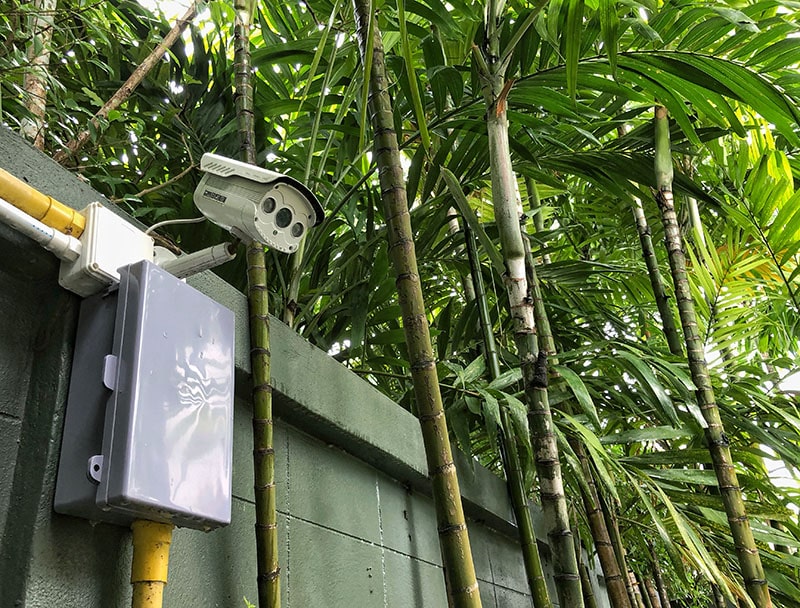
If you can, it might be helpful to have a camera system in the backyard so you can monitor what goes on around your yard. This can let you know if any predators are coming near, and give you a chance to see what time and how often they’re coming around. You can then avoid taking your dog out at these times.
4. Keep Your Dog on a Leash and Harness
It might be best to keep your dog on a leash and harness if you are out. You will have more control over them and be closer in proximity, in case anything were to happen.

What Are Other Predators of Small Dogs?
Hawks are certainly not the number one problem for dogs, even small ones. There are other predators out there that can be much more of a danger to you canine companions than a hawk. So what exactly are you looking for?
The possibilities are different based on your geographical location and the size of your dog.. In general, here are some examples.
1. Coyotes
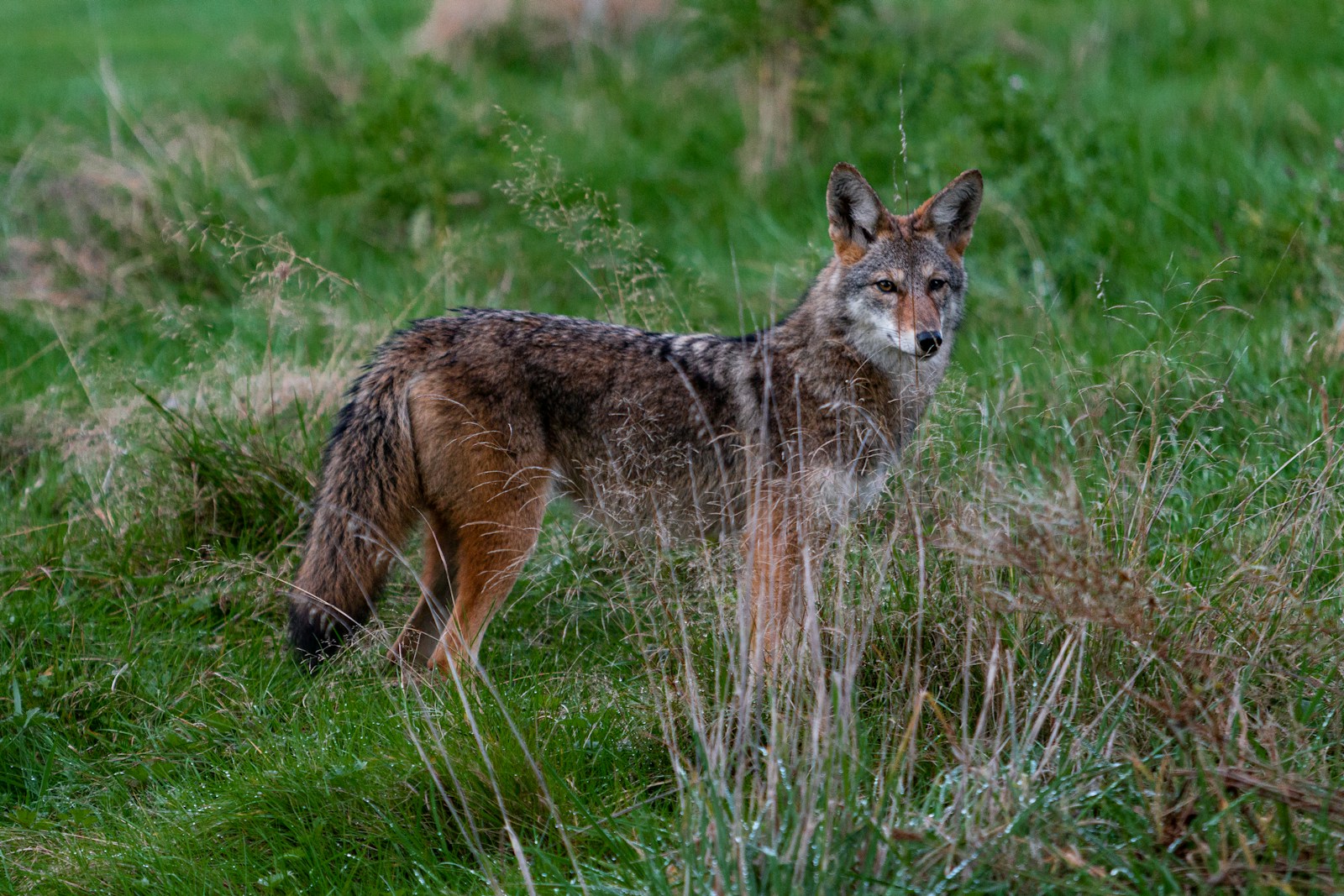
You might think that coyotes are closely related to dogs and, therefore, would instinctively know not to harm them. After all, if you see a Great Dane that meets a Chihuahua, they tend to definitively know most of the time that this little dog means no harm and has no desire to hurt them.
The thing is, coyotes are not the same. They will attack dogs of all sizes, but theymore commonly attack small dogs over large dogs.
2. Owls
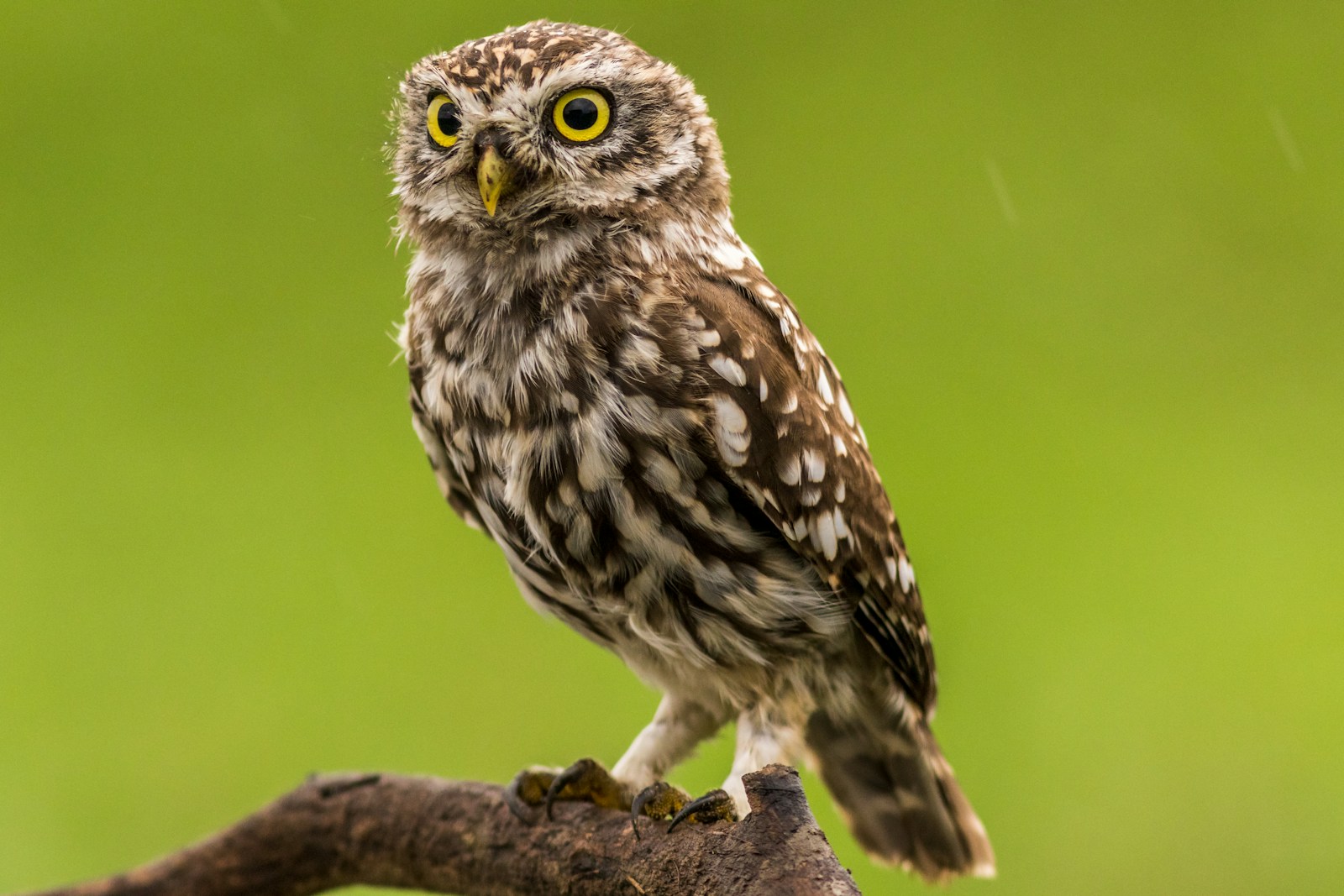
Owls are amazing predators and are arguably much more dangerous to small dogs than hawks. Not only can owls carry more weight than the hawk (up to 2-3 times their own body weight), but they swoop down in the night when you’re not expecting it at all. So, they tend to stay extremely quiet, flight-wise.
Hawks, on the other hand, are diurnal creatures that are active during daylight hours. They are easier to spot, especially if you’re human, since they tend to circle to observe their prey before striking.
3. Mountain Lions (Cougars)
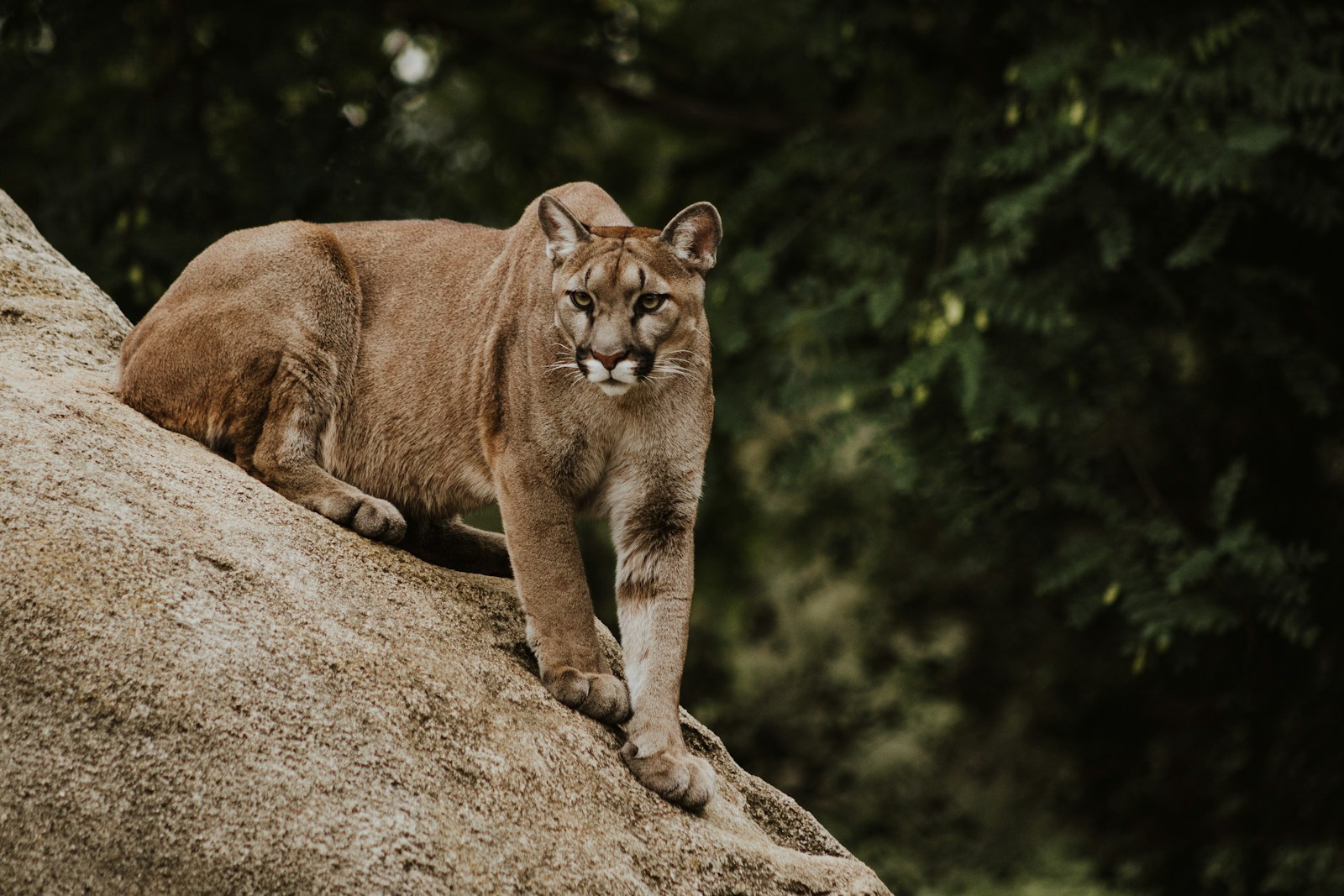
One look at a mountain lion, Puma concolor, will tell you why they’re so dangerous to our dogs. They don’t have to be small, either. Mountain lions are capable of taking down most standard-sized dogs and will not hesitate to do so if an opportunity strikes.
Don’t get us wrong. You won’t find mountain lions taking domestic dogs every day, but it does happen.
4. Porcupine
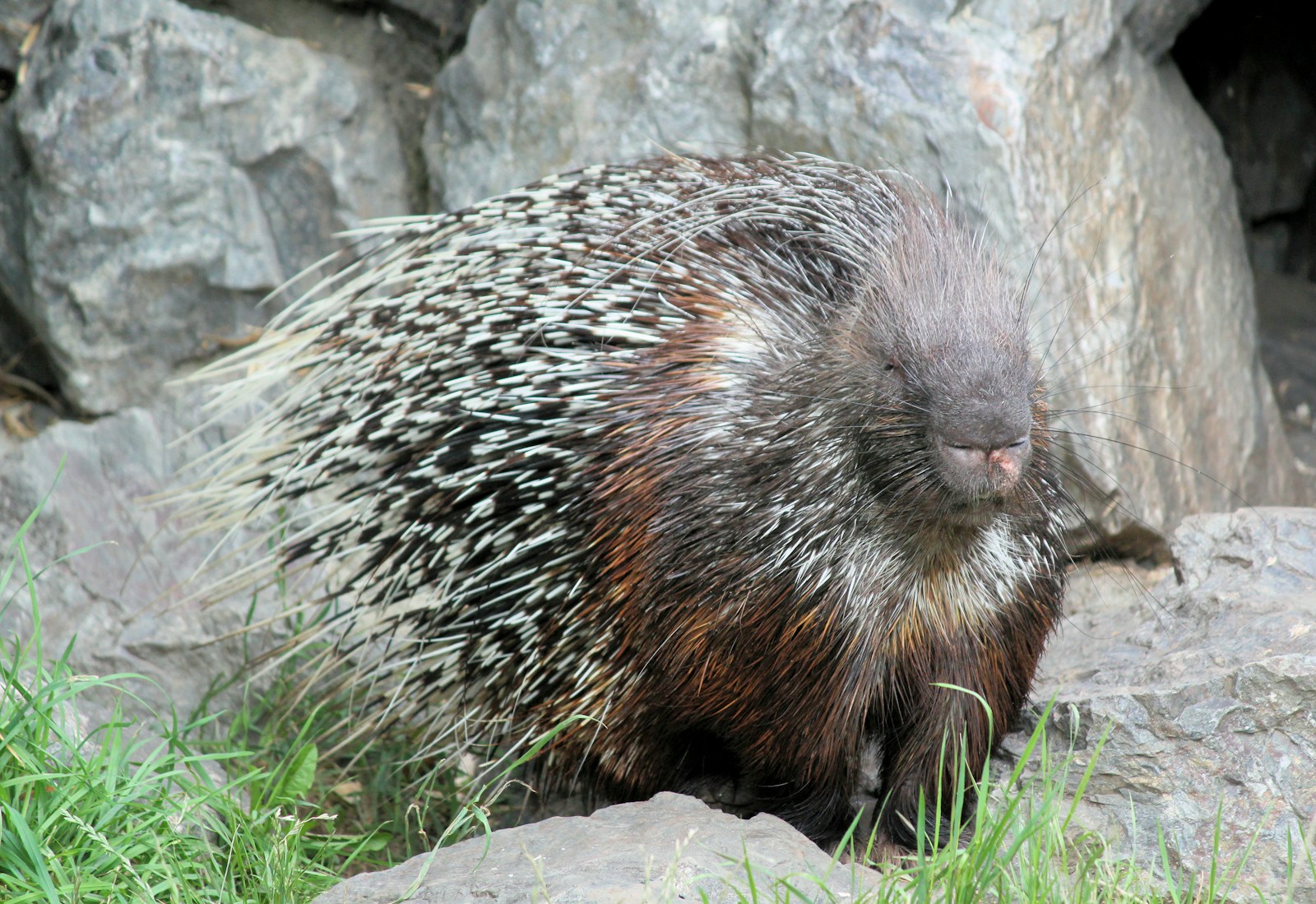
A porcupine? You mean the big goofy animals that look like a pin cushion? The ones you would cuddle but won’t because you know what it means? How in the world could these sweet-faced little critters hurt your dog?
Well the reality is they don’t. Not unless they’re provoked, that is. However, if a dog messes with a porcupine, they better be ready to face the consequences because this beast isn’t backing down!
5. Skunks
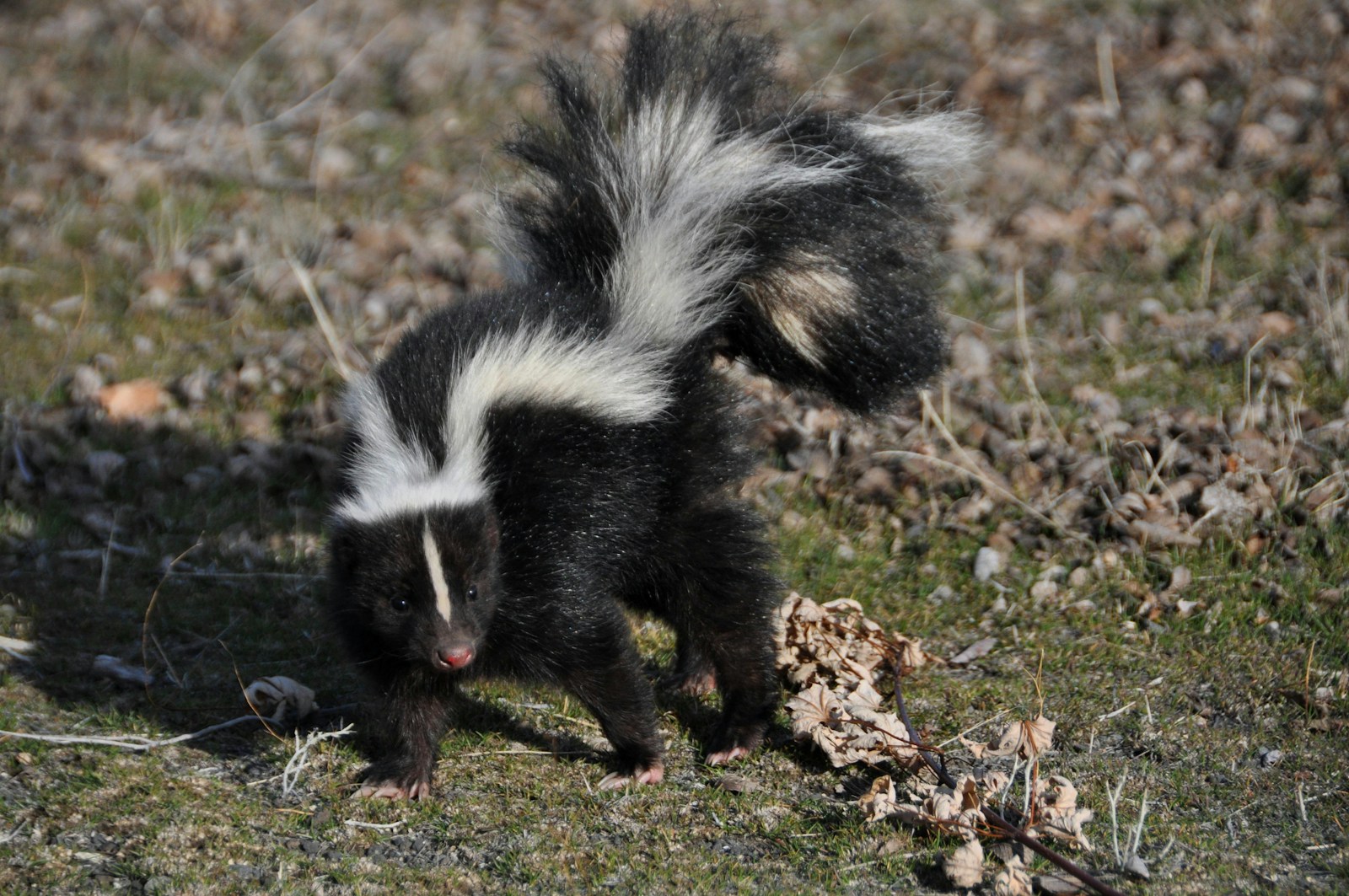
Like porcupines, skunks don’t really mess with dogs at all unless they are provoked. But if you make them angry, be prepared to deal with the consequences. They’ll first start by giving your dog a warning squirt.
If that’s not enough, which it should be, then the skunk will resort to other measures. They will violently defend themselves to the death. They can very much hurt and even kill smaller dogs because of their strong nails and their cat-like teeth.
Don’t let their size fool you, either. Skunks are very heavy-bodied and muscular creatures.
6. Raccoon
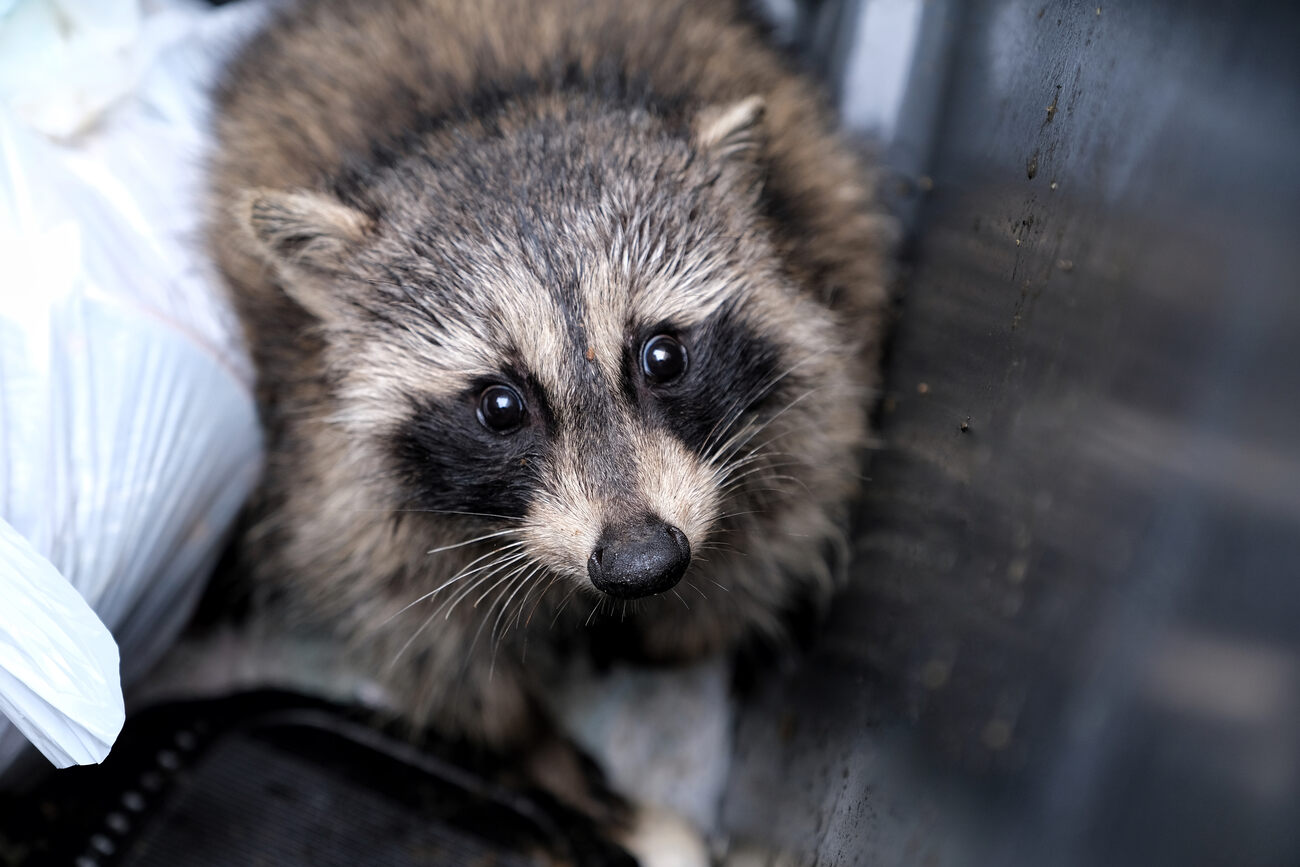
Raccoons get quite the reputation for looking so cute and cuddly. But if you’ve ever encountered a raccoon, you know that these animals will not hesitate to try to tear up your little dog if they are provoked to do so.
And sometimes, provocation doesn’t take much. It can simply involve trying to eat out of the same pan as them outside and they will lash out. Raccoons also carry the risk of rabies, so it is extremely important to make sure that your dog is vaccinated especially if you live in an area where there are raccoons.
7. Groundhogs

Once again, groundhogs aren’t particularly aggressive creatures. However, if they feel threatened, they will always stand their ground. If you are too close to a groundhog’s nest, they will fiercely defend their territory.
So, if your little dog is nearby, groundhogs will have no problem taking them on. Because of their sharp claws and incisors, they can inflict some damage pretty quickly.

Conclusion
So now you understand that hawk attacks on dogs are extremely uncommon, but not out of the realm of possibility. It is very important to keep a watchful eye on your dog, especially if you have a young, small breed puppy, who is outside discovering the big wide world.
If you have hawks flying around your home, they are likely more interested in other prey species, but you should always be safe rather than sorry. Make sure to directly supervise your pup, even when you think the coast is clear.
Featured Image Credit: David Brace, Shutterstock

